A Designer’s Diary of UXPH Conference 2020: Day 2
December 3, 2020
This article was originally published on Medium.
This is a second entry in the three-part series on my key takeaways from UXPH Conference 2020: Designers as Navigators of Change. You can read about Day 1 and my final thoughts on my Medium page!
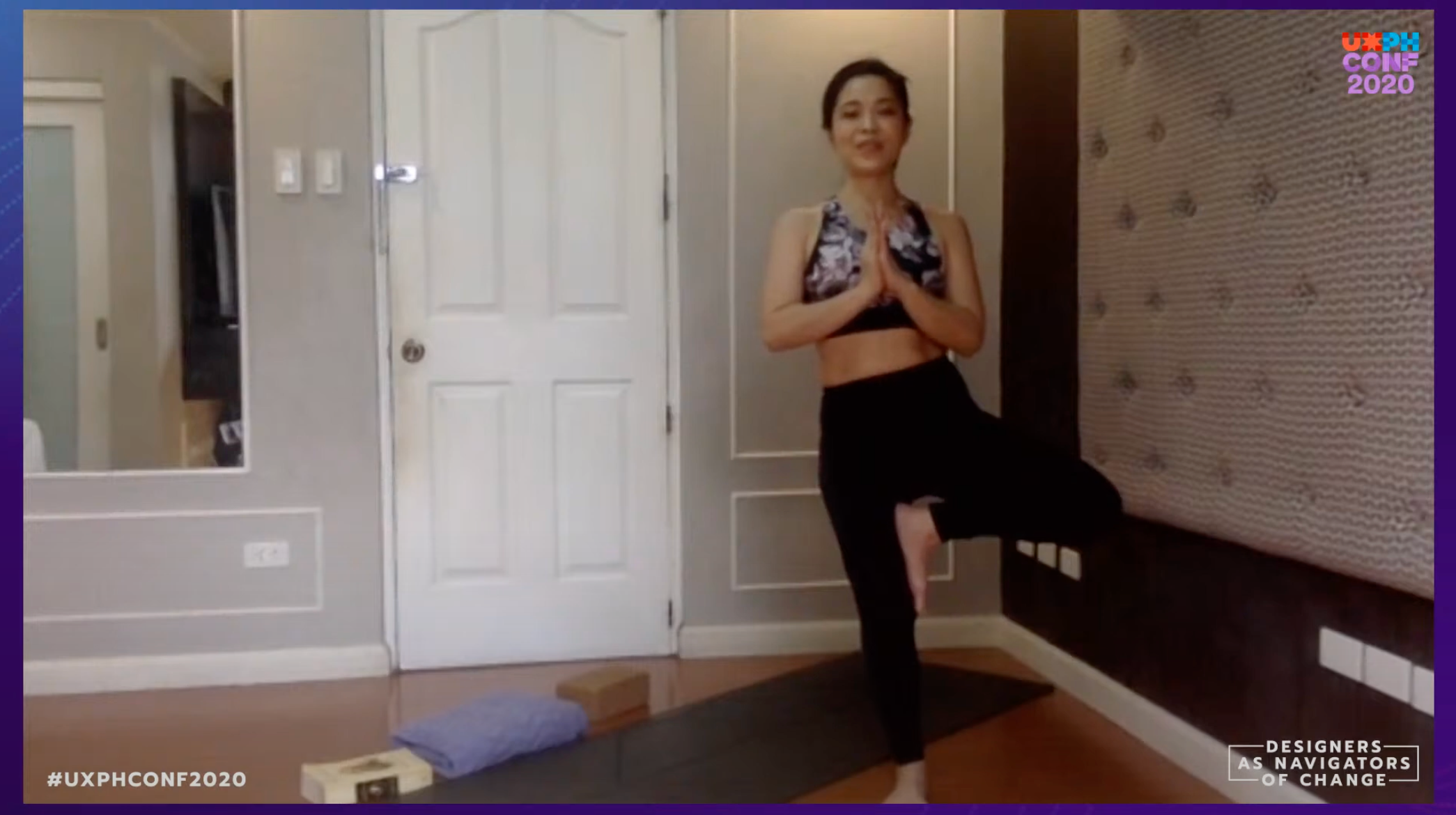
Day 1 was such a rush, and I was grateful to have the chance to clear my head and take care of my body through Ivy Lopez’ yoga session to start the day. Some fellow attendees were also doing the stretches with me, whether in their seats, or on actual yoga mats.
With a refreshed mind and body, I dove into the Day 2 talks.
Going Beyond My Circle
The Day 2 talks gave me a lot of insight on how we could continue to push our boundaries as designers, whether it’s going beyond our background, our comfort zone, our circles, and our imaginations. It was so mind-blowing, I needed two weeks to rewatch and take to heart these new advices from our speakers.
#1: The research of yesterday will not be the research of tomorrow.
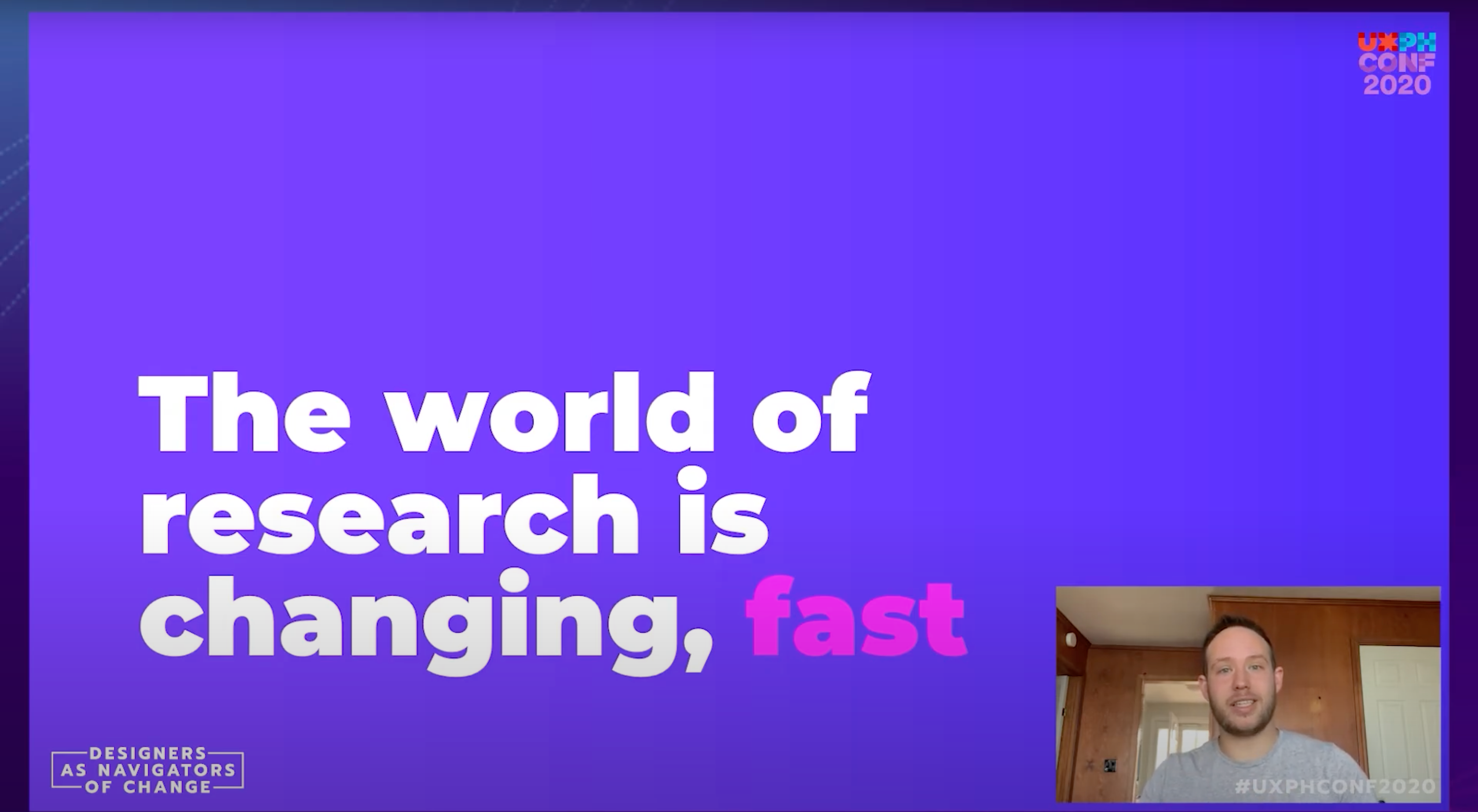
Alec Levin eats, sleeps, and breathes UX research as part of the UXR Collective, so you couldn’t help but believe him when he made his hot predictions on UX Research for the 2020s. With people getting more diverse throughout the times, it becomes clearer that researchers aren’t representative of our own users anymore, and that investment in UX Research teams becomes an essential. But alongside this, he also suggests to build the practice inside and outside the traditional researcher role by turning the UX Research team into a research department, and democratizing UX research throughout the organization. Hot predictions for the 2020s indeed.
#2: It’s not too late to start creating more accessible designs.
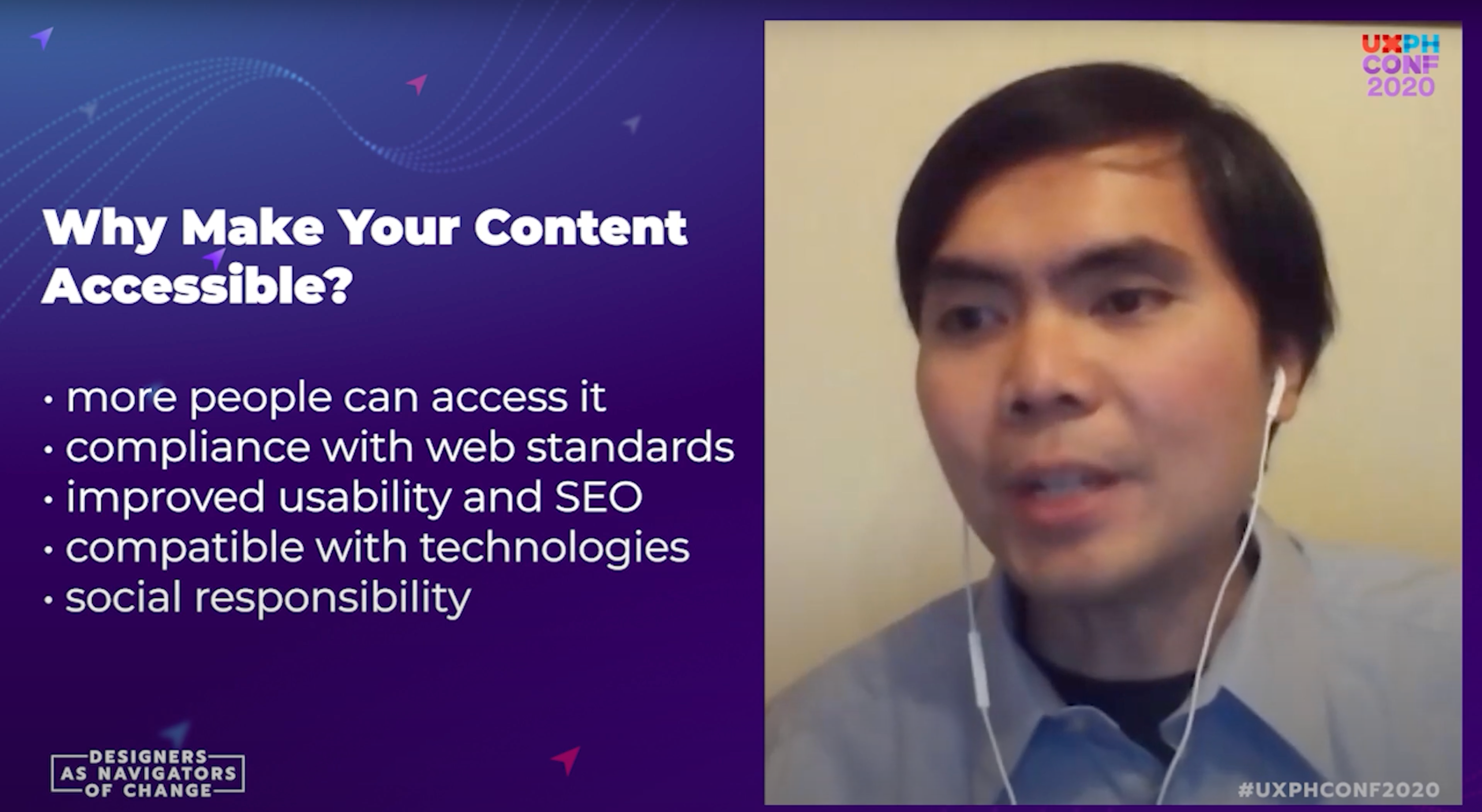
This talk was an eyeopener — pun intended — for a lot of designers, including me. Julius Serrano gave an impactful talk and showed us a new perspective of what it means for a design to be accessible, demonstrating live what kind of considerations a person with disability might have when interacting with digital products. While some attendees mentioned in the Slack that they wished they worked on accessibility more, Julius’ parting words were hopeful: it’s not too late to start, you don’t have to be an expert to do it, and there are a lot of resources online that can help us review existing designs already.
#3: It’s okay to not come from a hardcore UX design background or title. Be there for your user, and trust your unique perspective.

UX is a relatively new field, and lots of people tend to feel (the ever present) imposter syndrome, especially if they transitioned from another field. It was really great to hear the origin stories of Kevin Liang, Markus Hofmann, Merdy Andrian, Smile Indias, and Florida Doci, faciliated by Kringle Garcia and Fish Ibasco, and how — surprisingly — it’s not about the semantics of your background or title. You have your own story, path, and challenges, but it’s ultimately about our role in championing the user. Go out to the world, see where the problems are, and show up for your user in the spaces you’re in.
#4: Data can help create compelling stories, but designers have the responsibility to ensure we’re delivering truthful stories.
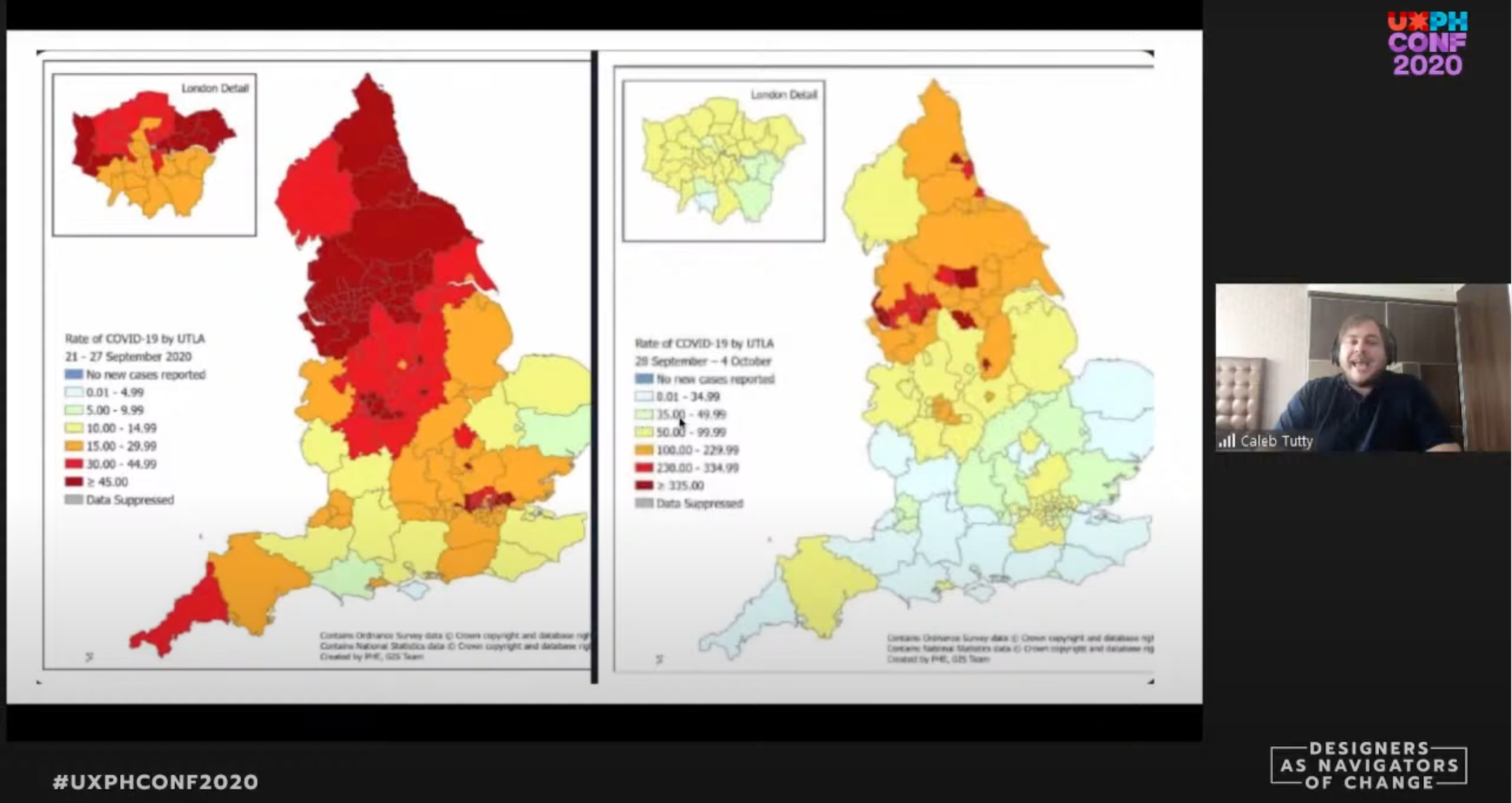
Stories have soul, and data-driven storytelling has so much power to drive home truths and action to whoever hears that story. Caleb Tutty did a fantastic job of introducing the aspects of data and graphs that designers should pay attention to in order to tell better, more compelling, and more truthful stories. As designers, we definitely have power to shape the stories we tell because of how we choose to show data, and with more power comes responsibility.
#5: Don’t try to change people. Understand them and create the environment where they choose to change.
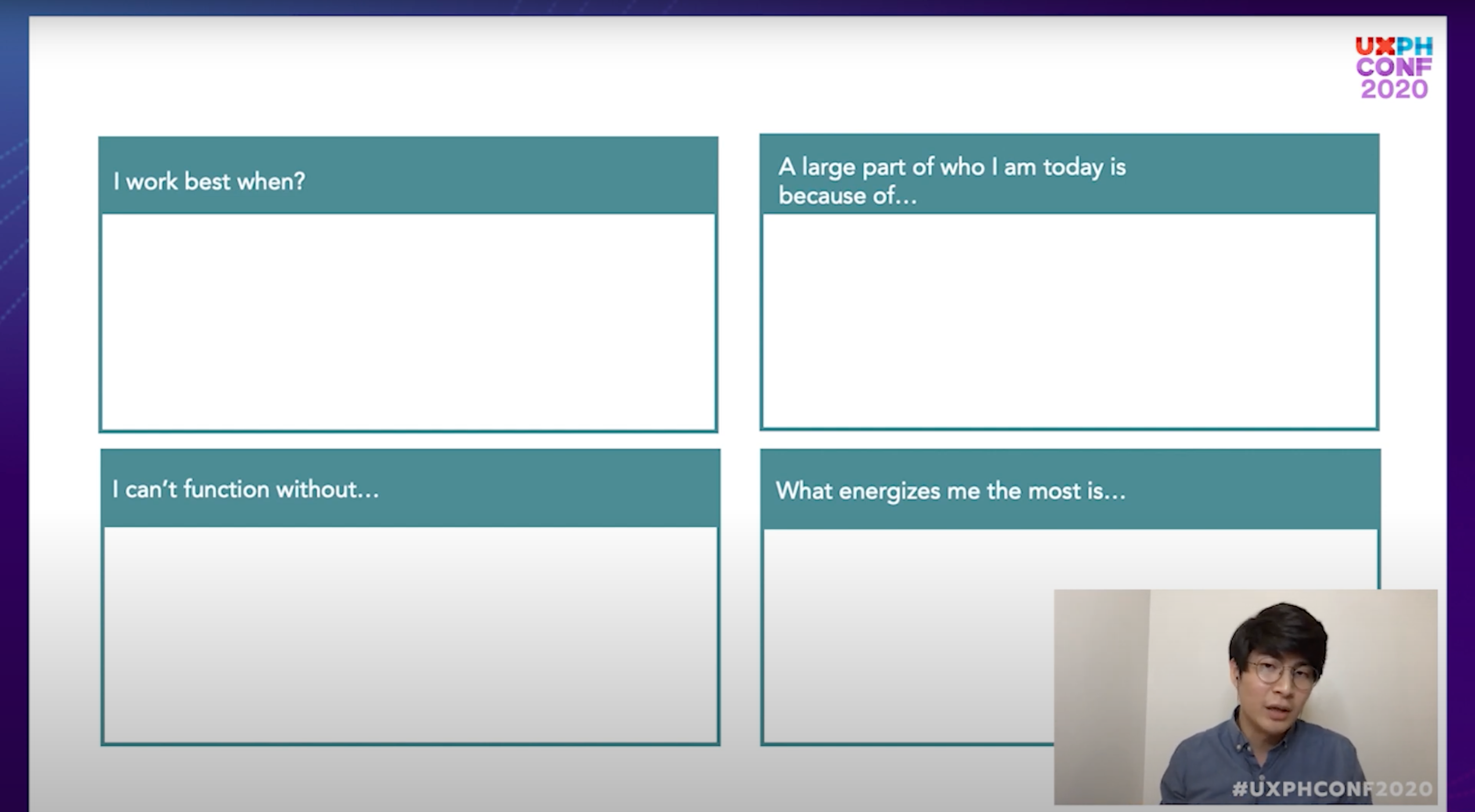
When working with teams, there might come a point of frustration when we don’t know why they’re acting in a certain way, and wish that they would just adjust to us. Dae Lee gave us a good set of actionable tips and frameworks on how to understand people and create more desirable cultures in our workplace. One of my favorite frameworks was the “operating manual” where we intentionally level off with people on when they work best, what energizes them, what they need to function, and their biggest influences. As a designer, I found it refreshing to see concrete ways to help “UX” the cultures in our spaces.
#6: Design definitely has a place in business decisions

This talk on the marriage of business and design was a cool interdisciplinary moment for me as someone who studied business in university and ended up a UX practitioner. Sonya Seddarasan gave us a crash course on the customer value proposition, and how something typically related to UX had a large stake in core business decisions such as choosing a revenue model. A general consensus between the attendees at this moment was that being a designer who understood both design terms and business language created exponential value to both the business and the customers.
#7: Study the world, understand more than design. When you have that point of view, give it back and mentor people.
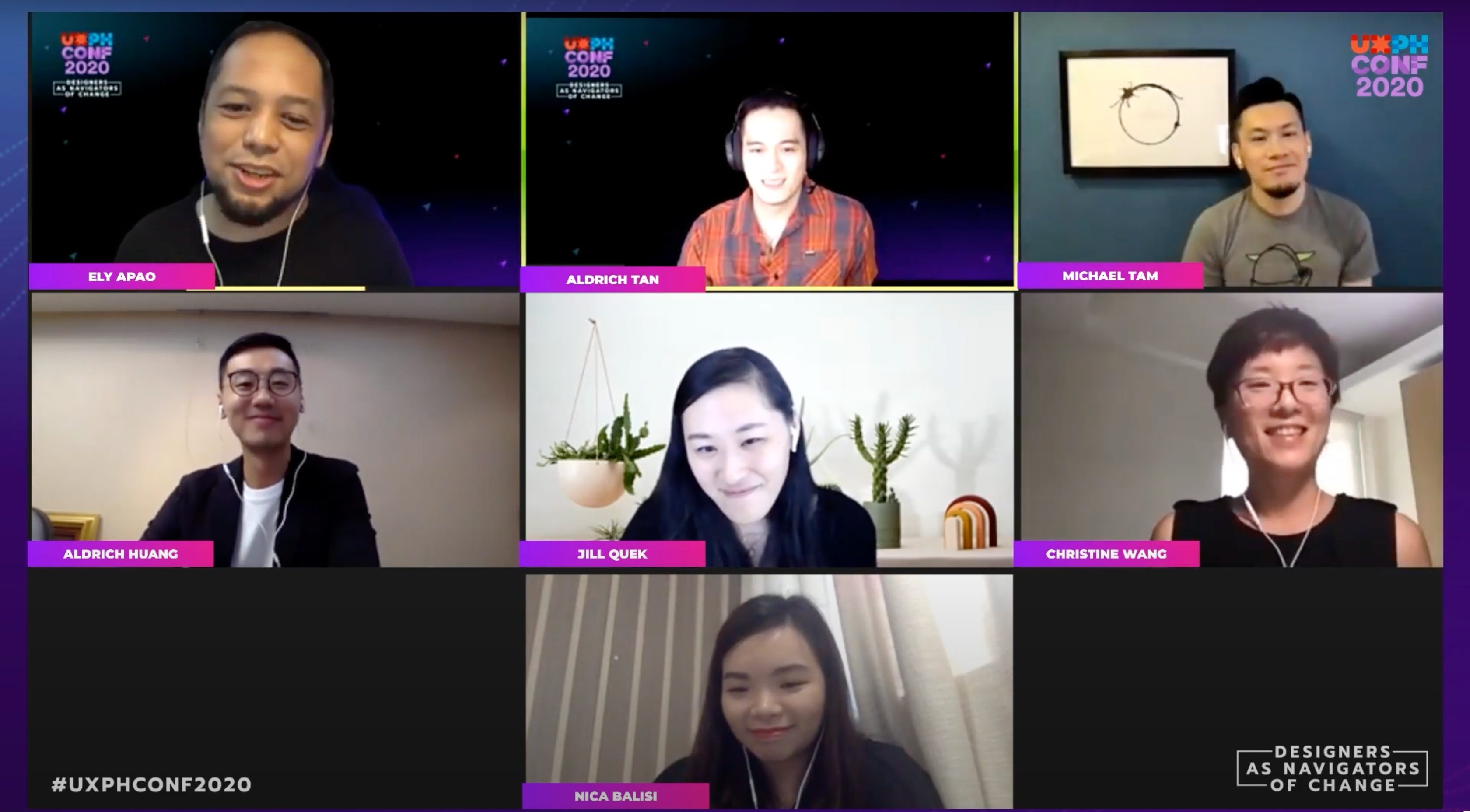
There comes a point where some designers might transition to leadership roles — and definitely, we all wish that what our greatest mentors were to us, we could also be for other people. A panel of design leaders — Aldrich Huang, Christine Wang, Jill Quek, Michael Tam, and Nica Balisi, facilitated by Ely Apao and Aldrich Tan — gave us their honest truths of the challenges and joys of being a leader of a UX team. I felt their message was clear: it’s about the people. Respect and understand each other to develop trust, and share generously what you’ve learned from your own experiences.
#8: Futures for all is creating futures for everyone.

The last speaker of the conference, Phil Balagtas, took us lightyears into the future as we learned about Speculative Design, a way to think critically towards designing the future. The time flew by as Phil showed us things I hadn’t dreamed of — complex social problems I had only hoped to be able touch as a designer. There’s a long way to go for inclusivity, and as designers, we have power in our imagination to see beyond our wildest dreams — and actually design — a future that’s truly for everyone.
See you later, not “goodbye”
Rounding up the talks was an amazing performance by Any Name’s Okay, with attendees jamming to the live performances on Swapcard and Slack. The night didn’t stop there — by popular demand, UXPH organized a Socials Night part 2, where people could talk, play online games together, and share stories.
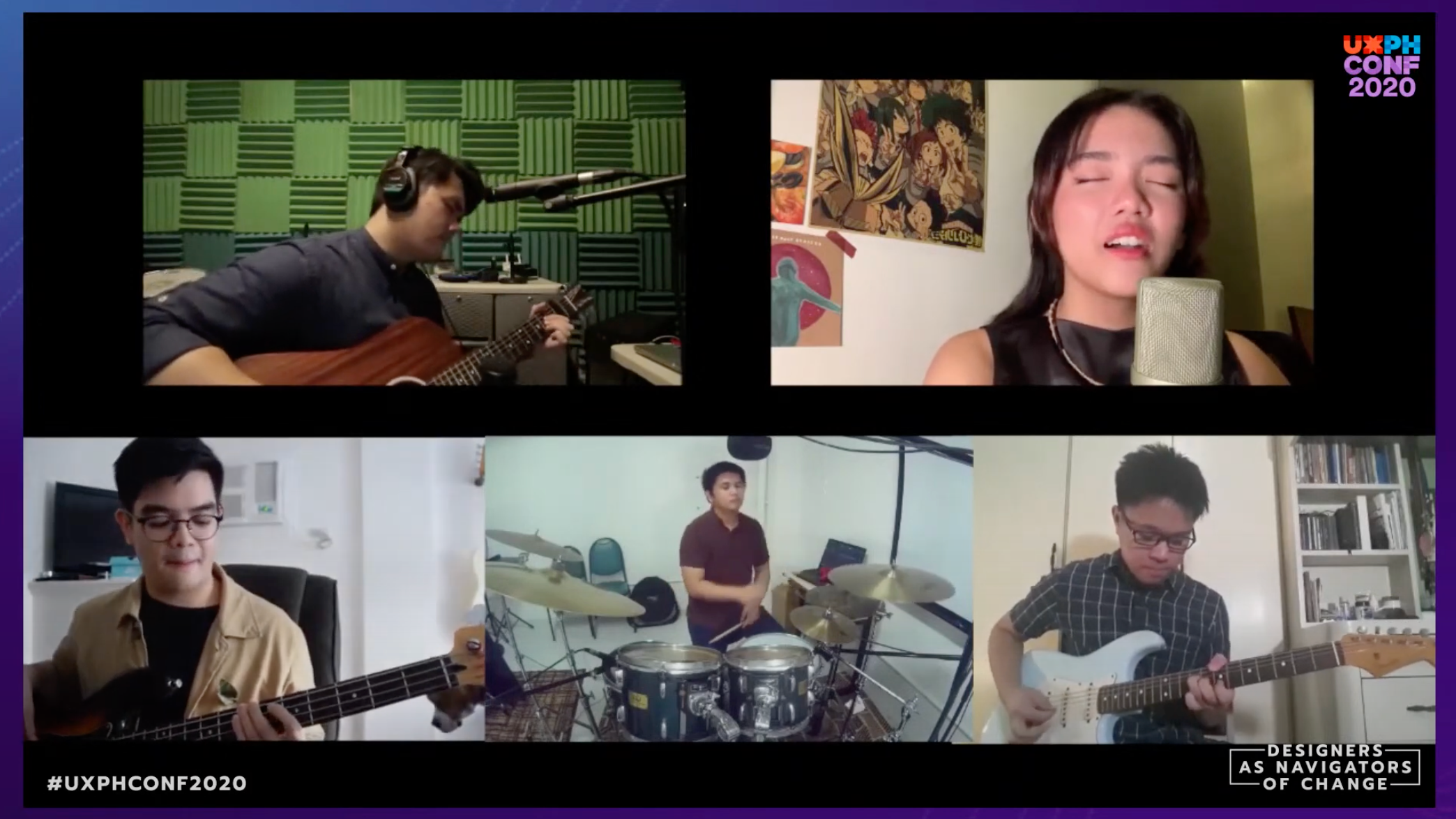
After two days of soaking in amazing insights from our speakers (and even the attendees), there was so much on my mind about our role as designers in the world today that’s ever-evolving.
I’ve written my reflections on the conference in my next article.
Get involved in the UXPH community!
📺 Read more stories here on Medium or watch our videos on YouTube
📟 Connect with other UX peeps on our Facebook group
📰 Catch our updates on Facebook, Twitter,
Instagram, and LinkedIn.
🧩 Help out in organizing UXPH initiatives by volunteering.
Back to blogs